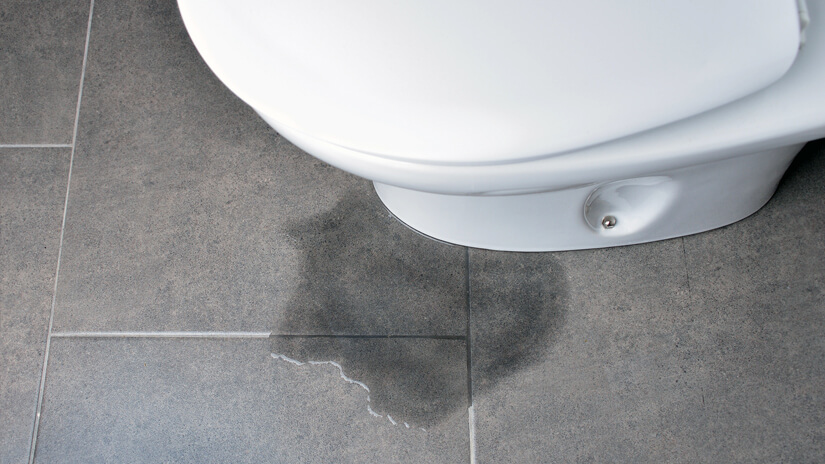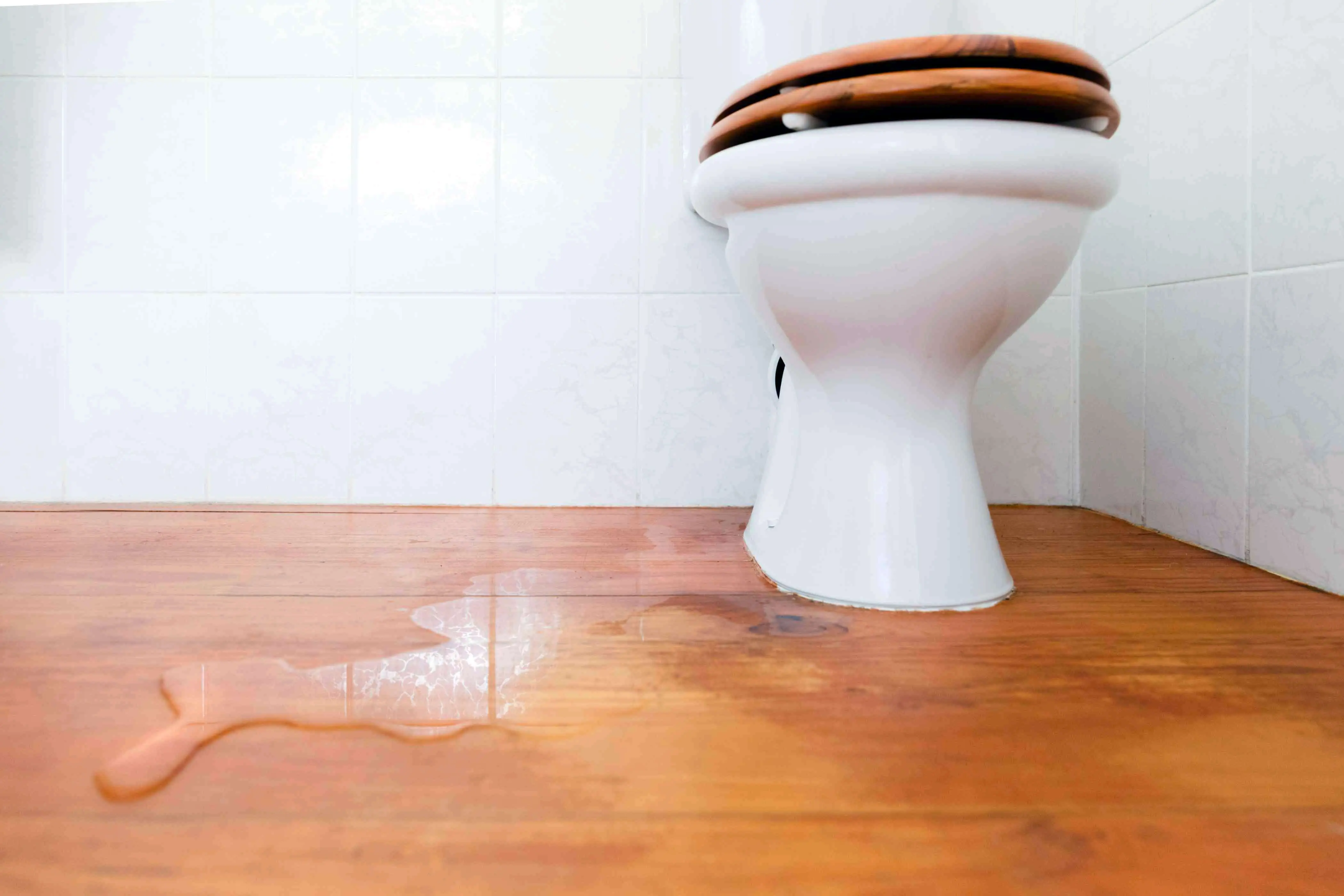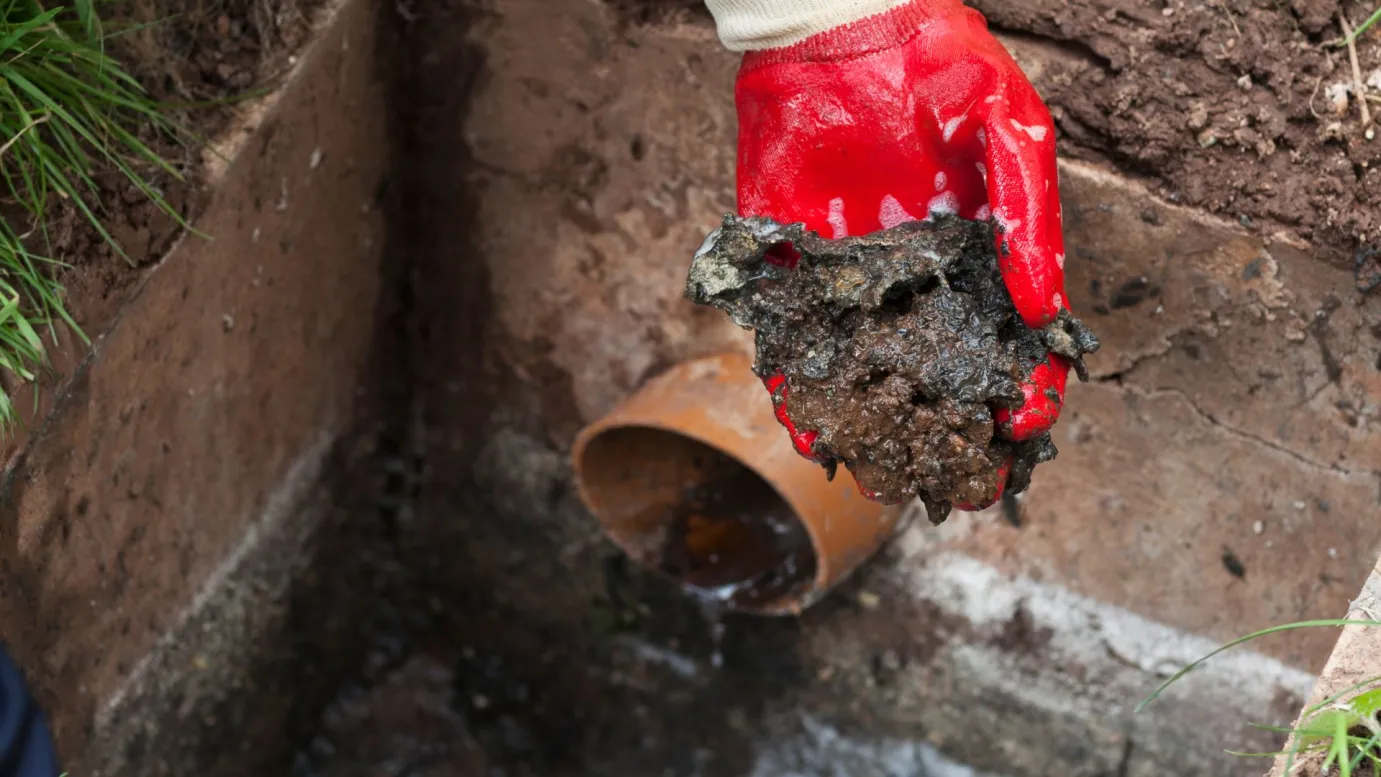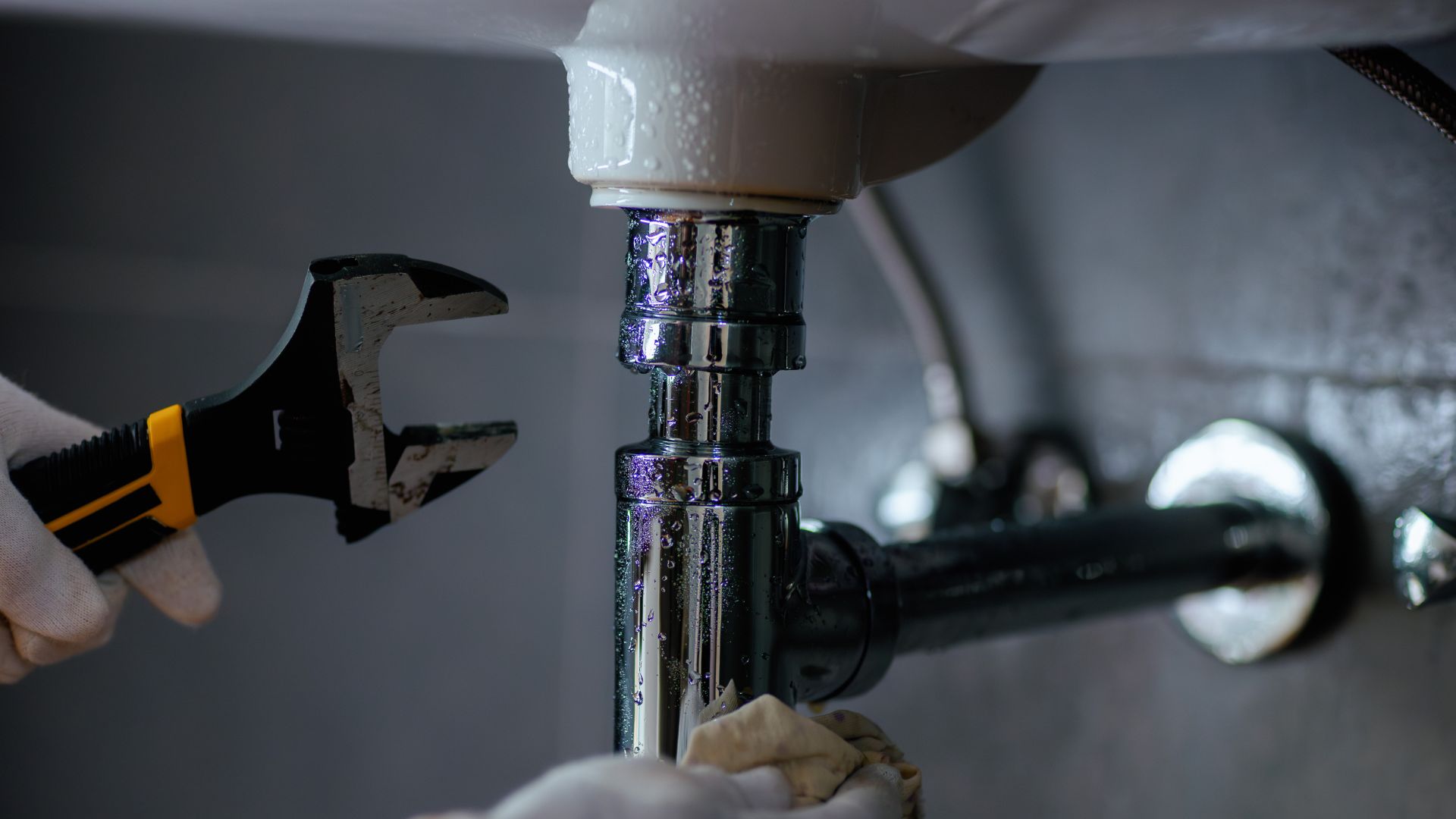Nobody wants to face the ordeal of a toilet problem. And as a homeowner or a business owner, expect some issues your toilet system can encounter. You can have a blocked toilet, a running toilet bowl, flushing issues, a squeaky toilet seat or even a leak.
There are plenty of reasons why toilets might leak. One of the usual suspects is a leak at the base of the toilet or right inside the bowl.
Dealing with an overflowing toilet bowl can be a real hassle, and you might need to call in emergency plumbing services or a plumber to sort it out. Sure, you could try using a plunger, especially if it’s just a clog. But if the water keeps overflowing, getting professional help or replacing the entire toilet might be necessary.
You can try turning off the water valve or the shut-off valve behind the toilet to cut the water supply for a temporary fix. However, it might not work if there is too much clogging. In that case, you must turn off the house’s water supply to fix the toilet. Thus, you will need the help of a professional as you won’t have access to water until the toilet is fixed.
If you spot water pooling around the bottom of the toilet, you’ve got a leak on your hands. It’s important to figure out where it’s coming from because leaks at the base can lead to other plumbing headaches that’ll be costly to fix.
This you can’t afford to happen. After all, the toilet gets used daily, and when it fails you, your household gets affected. It is best to fix the problem as soon as you determine the type of leak.

Why would a toilet leak at the base?
1. Condensation on the Toilet Collects on the Floor
Moisture condensing on the toilet bowl or tank’s outer surface can run down the bowl or tank and collect on the toilet base. It can be the effect of a constantly running toilet or a temperature difference between the room and the water in the tank.
To tackle bathroom condensation, try using an exhaust fan to warm things up. Alternatively, placing a drip tray under the tank at the toilet base can help as well.
2. The Toilet Tank and Bowl Are Loose
The connector between the lower bowl and the upper tank may become loose, or the O-ring gasket between the tank and the bowl might be cracked or loose. Tightening the bolts can sometimes improve the attachment between the two pieces. If the gasket is faulty, it can be replaced with a new gasket.
Rusty bolts may not tighten and may need replacement. Consider hiring a professional for this job that requires a certain level of expertise.
You also need to check your water supply line. A pool may form on the bathroom floor if you have a loose water supply tube or faulty shut-off valve.
3. Toilet Bolts Are Loosening Up
Over time, toilet bolts can loosen. It is easy to check if you shake the bowl gently to see if it moves. If you can see and feel movement, you have a loose toilet that needs to be tightened at the bolts. Toilets are attached to the floor with bolts that connect to the metal or floor closet flange, which bolts to the floor around the top of the sewer pipe.
Check the bolts that secure the toilet to the floor. If you tighten these bolts, it can stop water from leaking around the toilet’s base. Be sure to replace the plastic caps over the bolts after tightening them clockwise by hand and with a small wrench. Make sure not to over-tighten, as you risk cracking the bowl.
If you need to fix a leaking toilet, the issue may also lie in the seal, which could be loose or deteriorated. The wax ring underneath the toilet, sealing the base against the top of the sewer pipe and floor closet flange, may have hardened or loosened over time. This allows water to leak from the base of the toilet.
To resolve this, you’ll need to drain the toilet, remove it, clean the flange, and replace the wax seal with an improved seal or a silicone ring. These steps will ensure a proper seal and prevent further leakage.

If You Need To Replace The Wax Seal
A wax ring is essential as it creates a watertight seal between the floor flange and the drain pipe. When the ring has deteriorated, you need to replace it.
This process is manageable but involves many steps and could be a two-person job, as removing the toilet is necessary.
- Wear protective clothing such as gloves
- Turn off the water
- Drain all water from the tank. Open the tank lid to see if you’ve emptied the excess water. Give an excellent plunge to ensure all the water has gone down the drain.
- Make sure to remove the water supply line from your tank.
- Unscrew the bolts carefully. Sometimes, the coverings may be challenging to remove, so you may need a putty knife or screwdriver to do this task. And with the second pair of hands, remove the toilet and the toilet bowl rim from the floor.
- With covered hands, remove the wax with a scraper or plumbers’ putty knife and dispose of the old wax ring in a garbage bag.
- Replace the wax ring. Position the new wax ring onto the flange opening, and the plastic cone should face the drain. Be sure it is snuggly fitted.
- Position the t bolts at the toilet base and gently lower the toilet. Ensure it covers the wax ring and flange opening. Press the toilet, pushing it into the wax ring and helping it create a watertight seal.
- Secure and tighten the bolts by hand and wrench. Always turn clockwise and never overtighten to avoid breaking the toilet seal and causing another leak. Clean away any dirty water and grime around the toilet.
- Turn the water back on and wait for the tank to fill up. Flush the toilet to test for water at the bottom of the toilet.
Need a Plumbing Service?
Why You Should Call Your Trusted Plumber To Fix Your Toilet Leaking At The Base
Plumbing issues can pop up for many reasons, and when your toilet’s leaking, taking it out or putting in a new one isn’t always a breeze. It’s often best to call in your local, licensed plumber for any bathroom repairs or replacements. Of course, if you’re up for it, you might want to tackle a leaking toilet yourself. Just keep in mind, replacing a toilet isn’t a walk in the park and isn’t for the faint-hearted.
Replacing a toilet on your own? Sure, you could! But if you want the peace of mind that comes with a job well done, leaving it to a pro might be the best call. It’ll save you both time and money, and you can focus on what you do best. For more complex problems like toilet leaks, blocked drains, or issues with your toilet tank, give your trusted plumber a call.
Call Fixed Today. We can replace your toilet, repair a toilet leak, and even renovate a bathroom.















